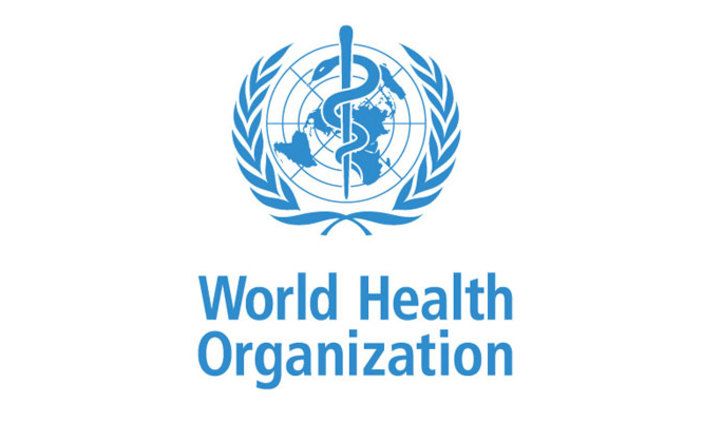WHO Report on COVID-19 Origins Leaves Questions, No Finite Determination on Cause
The joint World Health Organization (WHO)-China Report looked at various scenarios and its theory of an animal to animal to human transmission.

The WHO released its report, WHO-convened global study of origins of SARS-CoV-2: China Part, yesterday and discussed its findings including its determination it was “likely to very likely” that SARS-CoV-2 was passed by way of bats to another animal then to humans.
While it had been previously posited as a bat to human contact, the WHO report did not see that as the highest likelihood.
"Despite consumption of bat and other wild animal meat in some countries, there is no evidence for transmission of coronaviruses from such encounters, and the trace-back investigation found no evidence for presence of bats or pangolins (or their products) in the market," the WHO report stated.
This theory is based off of an investigation by WHO personnel that went to Wuhan, China earlier this year. During their investigational visit from mid-January to mid-February, the WHO investigators looked at 4 ways in which a zoonotic transmission could have occurred from animals to humans.
The 4 scenarios included:
- Bats through another animal (likely to very likely)
- Direct spread from bats to humans (likely)
- Cold-chain food products (possible but not likely)
- Laboratory leak (extremely unlikely)
For the WHO investigators and its leadership the in-depth analysis and look at the data has led to the need for more conclusive information. “And we will see that in the report, there is a lot of very detailed information and useful information that again point towards the need for very specific new studies,” Peter Ben Embarek, PhD, scientist, Department of Food Safety and Zoonoses WHO, team lead for the Wuhan Field Mission, said.
“No single research trip can provide all the answers. It is clear that we need more research across a range of areas, which will entail further field visits,” WHO Director-General Tedros Adhanom Ghebreyesus, PhD, said in his remarks on the briefing of the report. “It also raises further questions that will need to be addressed by further studies, as the team itself notes in the report.”
The official response from the Biden Administration seemed to signal a less than enthusiastic point-of-view on the results and insights coming from the report. When asked about the WHO-report, White House press secretary Jen Psaki said yesterday at a press conference, "they deserve better information [American people]. They deserve steps that are taken by the global community to provide that."
Earlier this year, the US announced it was going to stay a member of WHO “President Biden will issue a directive later today which will include the intent of the United States to join COVAX and support the ACT-Accelerator to advance multilateral efforts for Covid-19 vaccine, therapeutic, and diagnostic distribution, equitable access, and research and development,” President Biden medical advisor Anthony Fauci, MD, said to the WHO group, who he was meeting with in January.
While there has not been any evidence to share his theory, former CDC Director Robert Redfield, MD, said he believed the virus “escaped" from a lab in Wuhan, in an interview with CNN.
Ghebreyesus acknowledged the laboratory theory. “The team also visited several laboratories in Wuhan and considered the possibility that the virus entered the human population as a result of a laboratory incident,” Ghebreyesus said. “However, I do not believe that this assessment was extensive enough. Further data and studies will be needed to reach more robust conclusions. Although the team has concluded that a laboratory leak is the least likely hypothesis, this requires further investigation, potentially with additional missions involving specialist experts, which I am ready to deploy.”
Another area of discussion has been when COVID-19 began circulating in Wuhan. In the same CNN interview, Redfield suspects the virus began in September or October of 2019, and Fauci thinks it might have been about a month prior to it being identified in December of 2019.
While the origins and timing of the COVID-19 transmission to humans remains a mystery, speculation continues looking at a variety of zoological suspects as causation for the pandemic.
“We have not yet found the source of the virus, and we must continue to follow the science and leave no stone unturned as we do,” Ghebreyesus said. “Finding the origin of a virus takes time and we owe it to the world to find the source so we can collectively take steps to reduce the risk of this happening again.”
